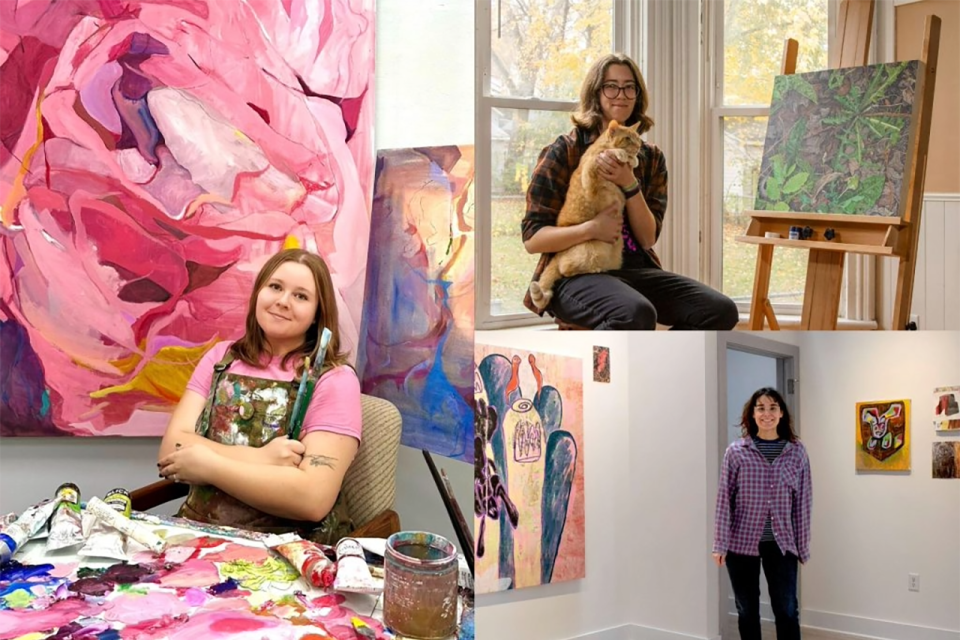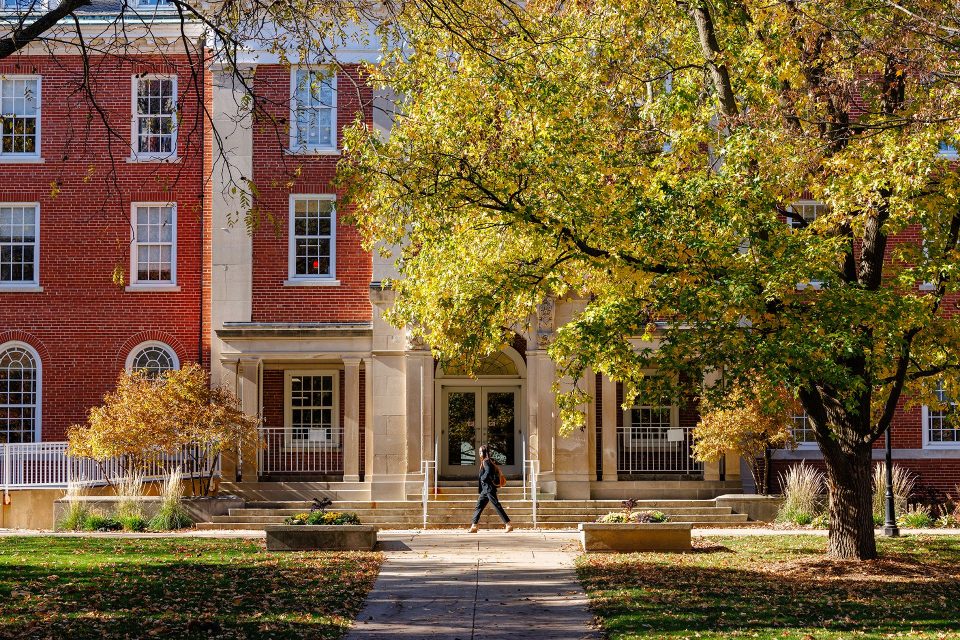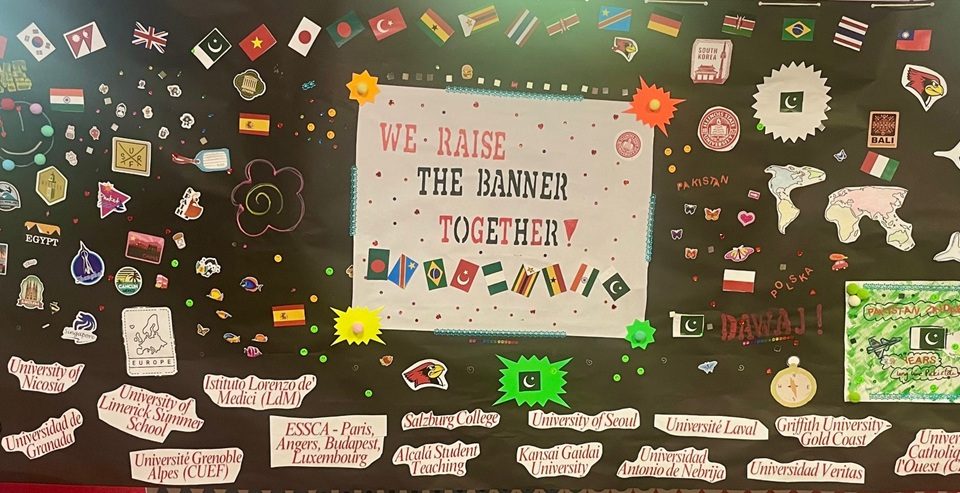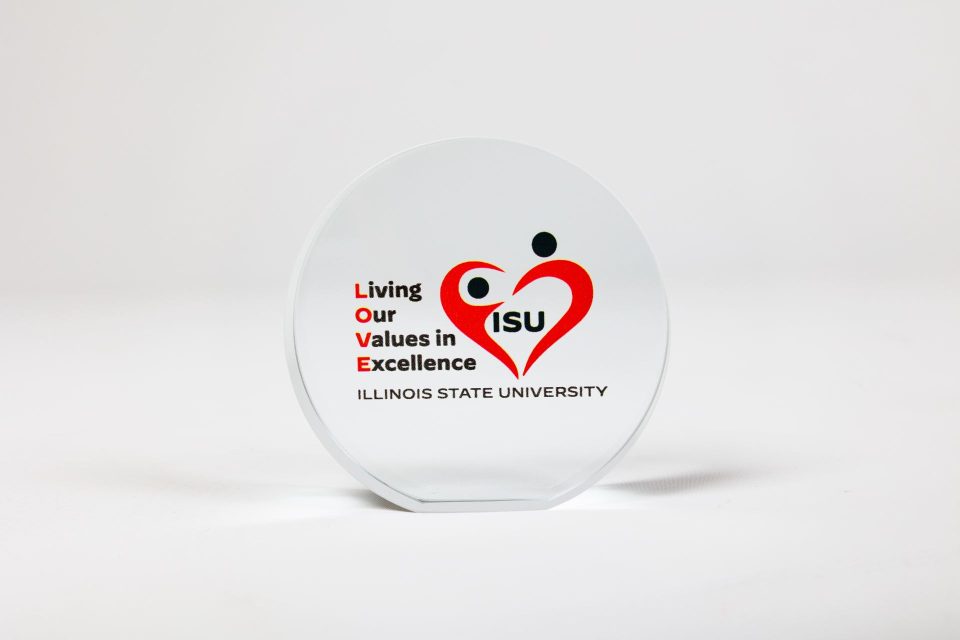Interprofessional collaboration and design in virtual reality environments for rehabilitation and aging-in-place
The effectiveness of individualized aging-in-place practices and therapeutic services often relies on a collaborative and integrated approach. Interprofessional practice, which involves the collaboration of professionals from various fields, has emerged as a best practice in elevating the quality and outcomes of care. This article delves into the significance of interprofessional practice within aging-in-place and therapeutic contexts, particularly focusing on the interplay between speech-language pathology, interior design, and technology. By examining the unique contributions of each discipline, we can gain a deeper understanding of how virtual reality (VR) can significantly enhance therapeutic experiences for individuals aging in place.
Speech-language pathologists (SLPs) play a pivotal role in supporting older adults in navigating the challenges of aging-in-place. Dr. Jennine Harvey, associate professor in communication disorders at Illinois State University, and Dr. Megan Cuellar, professor in communication sciences and disorders at Piedmont University, stated that virtual reality environments offer a safe and controlled setting for individuals to practice essential skills and prepare for real-world challenges. By utilizing virtual reality, SLP therapeutic practice addresses neurological and cognitive communication disorders by examining aspects such as memory, language, executive functioning skills, attention, and problem-solving, while simultaneously targeting functional skills necessary for independent living in aging-in-place settings. By immersing patients in simulated home environments, SLPs can provide valuable feedback in functional scenarios, tailor interventions to an individual’s needs, and effectively track progress to generalize skills and strategies over time.
“I see us as partners in treatment delivery and assessment mechanisms as well as support for other disciplines that aren’t medically or clinically grounded in knowledge related to the capability and skills for aging-in-place,” Cuellar said. SLPs play a crucial role in this interdisciplinary team by providing expert knowledge and guidance in communication and cognition. By collaborating with interior design and technology, SLPs can ensure that the virtual reality environments are tailored to address the specific needs of individuals aging in place. By educating clients and their families about the goal of this therapeutic practice, we can empower them to actively participate in their rehabilitation journey and achieve optimal outcomes.
Interior design specialists are essential in ensuring that virtual reality environments are developed with functional inclusive designs to support aging-in-place practices and rehabilitation services. Virtual environments should be realistic to create a space for aging individuals to promote safety and well-being as well as practice the generalization of skills in the home environment.
For example, VR environments designed for therapy may include inclusive design solutions such as grab bars, wide doorways, or non-slip flooring, which are modifications that reduce fall risks and make the home more accessible. The collaboration of interior design professionals has created a space to align with the needs of older adults.
“This collaboration brings a different element to this practice as you can focus on the client’s needs before building something that’s so expensive,” said Dr. Gabriela Fonseca Pereira, an assistant professor in interior design and aging-in-place gerontechnology specialist at Illinois State University.
Interprofessionally designed inclusive virtual spaces can be used in therapy to train patients on how to navigate their real homes. Additionally, this interprofessional design ensures that the therapeutic environment aligns with the specific needs of older adults and enhances their comfort level and overall experience.
Technology is a crucial component of these therapeutic environments. Dr. Isaac Chang, an associate professor in Technology at Illinois State University, and his students are dedicated to creating VR experiences that are not only immersive but also accessible to older adults. By prioritizing intuitive interfaces, simplified controls, and customizable settings, technology developers can design aging-friendly environments that allow individuals to engage with VR with reduced effort.
It is also important to recognize that not every individual will be able to receive therapy in a clinical setting. “If patients cannot go to the hospital, they will need to do rehabilitation at home,” Chang said. “Technology, for example, can help these individuals with rehabilitation techniques in their home environment by providing these technological therapeutic resources.”
Virtual reality environments offer a safe and controlled space for aging individuals to practice essential skills, improving overall well-being and a more independent and comfortable lifestyle. Additionally, the collaboration between technology experts, SLPs, and interior designers ensures that the virtual reality environments are responsive to therapeutic needs, further enhancing their effectiveness.
Interprofessional collaboration is critical in developing and investigating the effectiveness of virtual reality technology for rehabilitation services and aging-in-place practices. The collaboration among speech-language pathologists, interior design, and technology is essential for creating person-centered environments that support aging in place. “This collaborative approach allows for interdisciplinary development with the integration of diverse perspectives on aging and design to provide maximal support and strategies for successful aging,” Harvey said.
By working together, these professionals can develop integrated solutions that address the multifaceted needs of older adults. This collaborative approach may lead to effective interventions, improved quality of life, and increased independence for older adults to engage in aging-in-place practices. This multiyear, interdisciplinary research collaboration at Illinois State is in the third phase of development and is in the process of designing and testing virtual reality environments that provide a space for older adults to practice essential skills without the risks associated with real-life scenarios.
About the lab
At the Neurologic Communication Disorders and Cognitive Wellness Lab (ncdwlab@IllinoisState.edu), we are conducting research to advance our knowledge and aging-in-place and rehabilitation service for the residents of Bloomington-Normal who have neurologic and cognitive-communication disorders. Our mission is to educate and increase community awareness about cognitive stimulation and its effects on brain aging. We also are specialists who help patients who have sustained brain damage from strokes, head injuries, and other neurologic diseases.
Latest Publications
- Illinois State University M.F.A. in art student and alumni highlights: Fall 2025Exciting updates from Illinois State University M.F.A. students and alumni, including awards, honors, and exhibitions.
- HR news and notes for October 2025HR news and notes is a monthly column featuring important updates for faculty and staff.
- CAST Research Fellow Dr. Liangcheng Yang advances biogas optimizationDr. Liangcheng Yang, a research fellow in CAST at Illinois State University, is advancing sustainable energy by improving biogas production through innovative anaerobic digestion research.
- Office of International Engagement Celebrates Homecoming Week with Cultural Banner DisplayDuring Homecoming Week, the Office of International Engagement invited students, faculty, and staff to take part in a fun and creative project: a collaborative banner celebrating Illinois State University’s international community.
- Secretary of State mobile office, October 28, 2025The Secretary of State's Office will provide services on October 28, 2025, from 10 a.m.-3 p.m., in the Spotlight Room of the Bone Student Center.
- Kristen Bernas honored as first LOVE Award recipient for exemplary collaborationKristen Bernas is the inaugural recipient of the Living Our Values in Excellence (LOVE) Award.















